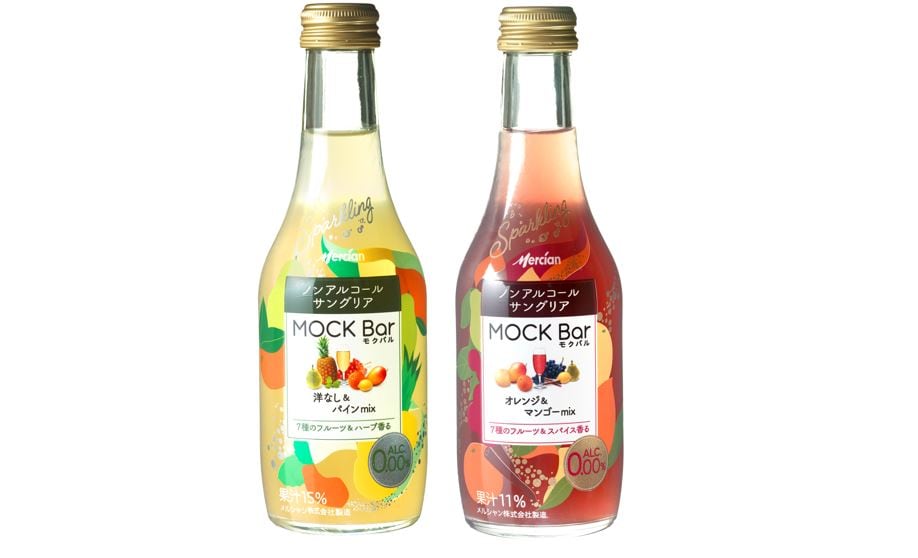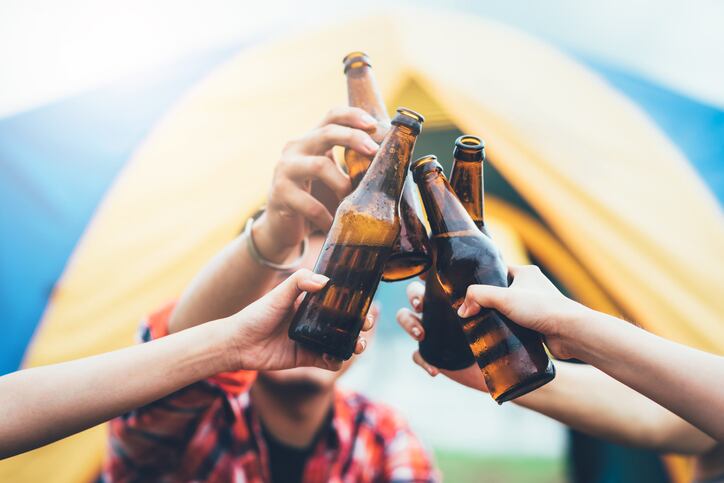The new trend is dubbed ‘homsul’, which refers to drinking alcohol at home, usually alone, which has unsurprisingly gained a lot of traction during COVID-19 due to lockdowns and social distancing rules, as well as an increasing number of younger South Koreans living independently.
According to recent data from the South Korean Ministry of Food and Drug Safety (MFDS), this trend has resulted in a shift in consumption occasions for alcohol, particularly for fruit wines and is something that the ministry is monitoring closely.
“As homsul is becoming a trend in the community, it can be seen that the consumption of [liquors such as] fruit wines is changing from a drink to be enjoyed on special days, to a drink to be enjoyed at home alone or sometimes with family,” said MFDA via a formal statement.
“Over 69,000 tons of fruit wine were imported in 2020, a 30.4% increase compared to the previous year (over 53,000 tons), and unlike the trend in previous years where fruit wine popularity only surged during specific occasions such as holidays and Christmas, we have seen this steadily increase regardless of the time of the year.
“Products under KRW10,000 (US$8.86) have been particularly popular and are on the rise [with] the majority of top 20 fruit wines in the country being cost-effective ones below this range. [Hence,] our analysis has found that the greatest increase in fruit wine imports is for products that are not burdensome for consumers to enjoy at home [in accordance with] the homsul trend.”
The biggest beneficiaries of this trend were fruit wines from Chile, Spain, Denmark, Italy, France, the United States, and Australia, which are the most-imported fruit wines in South Korea.
Conversely, beer imports dropped significantly from some 362,000 tons in 2019 to 279,000 tons in 2020, a drop of almost 23%, attributed mostly to the boycott on Japanese beers and other Japanese products which has been ongoing in South Korea since 2019 and remains unaffected by the rise of the homsul trend.
“Japanese beers traditionally occupied the first place in South Korea’s imported beer market, but the boycott on made in Japan products has had an impact on this, and [even the homsul trendhas not helped increased imports or purchases as] consumers have since shifted to increase consumption of other alcoholic beverages such as wine or craft products,” said MFDS.
Japanese beers saw an overwhelming 85.9% decrease in imports to South Korea in 2020, dropping to just 7,174 tons in 2020 from almost 51,000 tons the year before.
Avoid going overboard
Despite having born good results for the fruit wine sector, MFDS is pushing for the public to avoid going overboard with the new trend, and ensure that this does not develop into harmful drinking habits.
“According to the 2020 Survey on Alcohol Consumption locally, although the average amount of alcohol consumer by consumers per serve appears to have decreased overall, the rate of high-risk drinking has increased in all age groups to become 63.5% in 2020 as opposed to 57.3% in 2017,” said the ministry.
“Men (67.2%) have also been found to have a higher rate of high-risk drinking as compared to women (59.7%). COVID-19 has caused an increase in homsul, but in order to prevent harm, it is advisable to keep this amount of drinking moderate and to avoid excessive alcohol consumption.”
High-risk drinking here refers to alcohol consumed at a level that is harmful to health, such as heavy drinking, drunkenness, or binge drinking.
Along these lines, the government also recently announced a set of Food Guidelines for Koreas, outlining new recommended dietary guidelines to adhere to amidst COVID-19, with refraining from alcohol overconsumption a major highlight.
According to the guidelines, published by the Ministry of Agriculture, Food and Rural Affairs (MAFRA), recent studies show that 52.6% of men and 24.7% of women in South Korea binge drink at least once a month. Consumers have been advised to avoid high-risk drinking behaviour to not only prevent direct harmful health effects, but also to stop a rapidly-rising obesity rate in the country.





